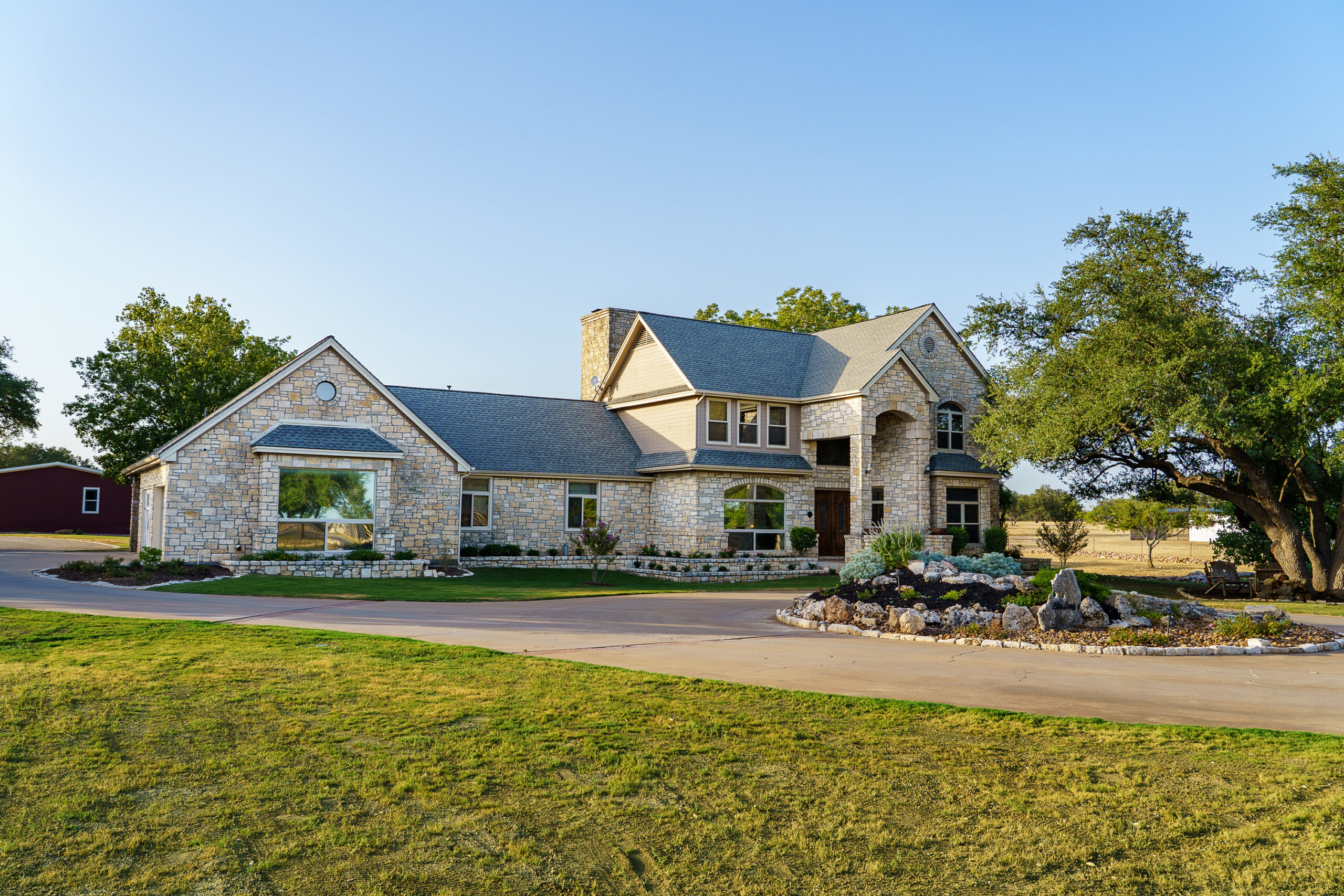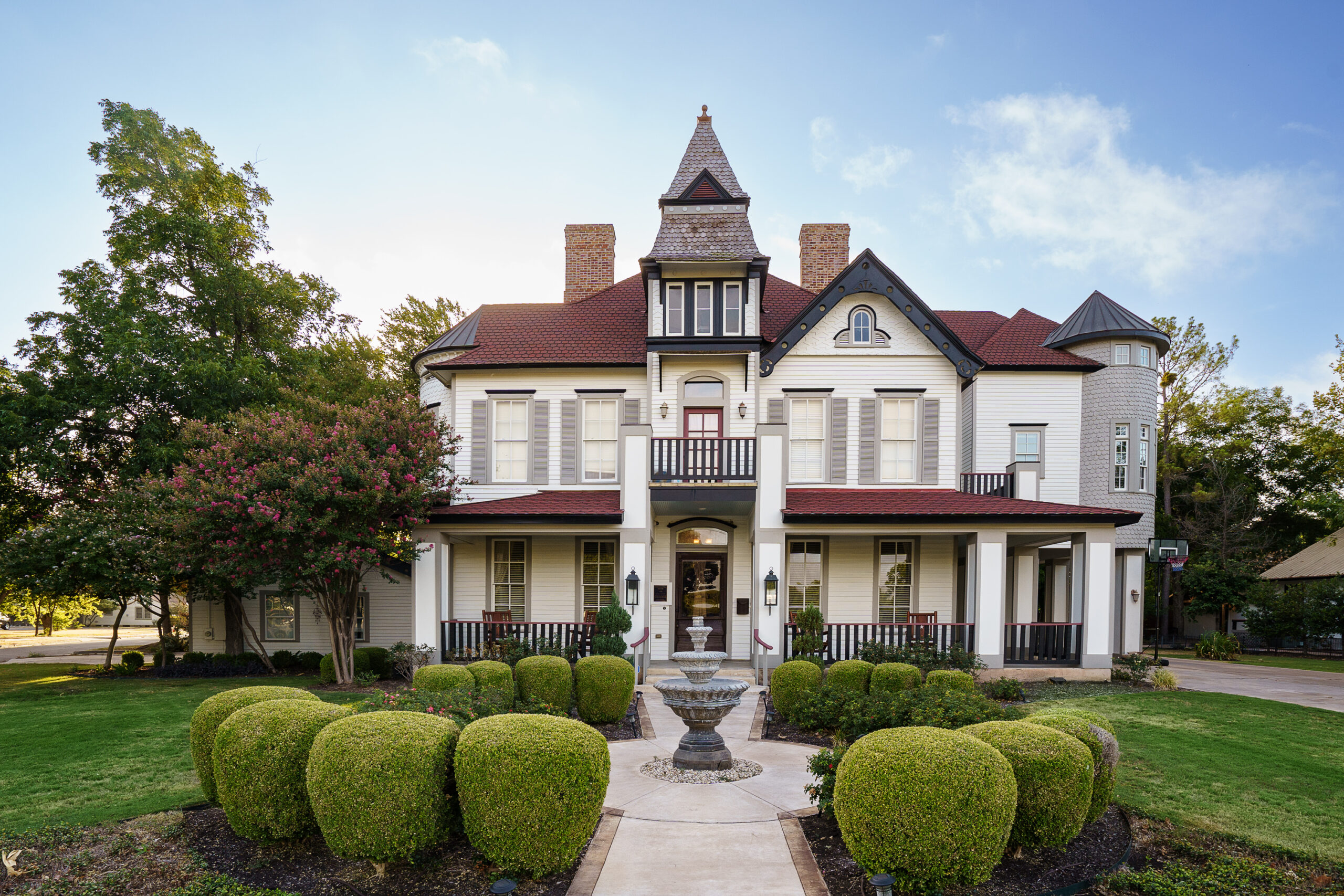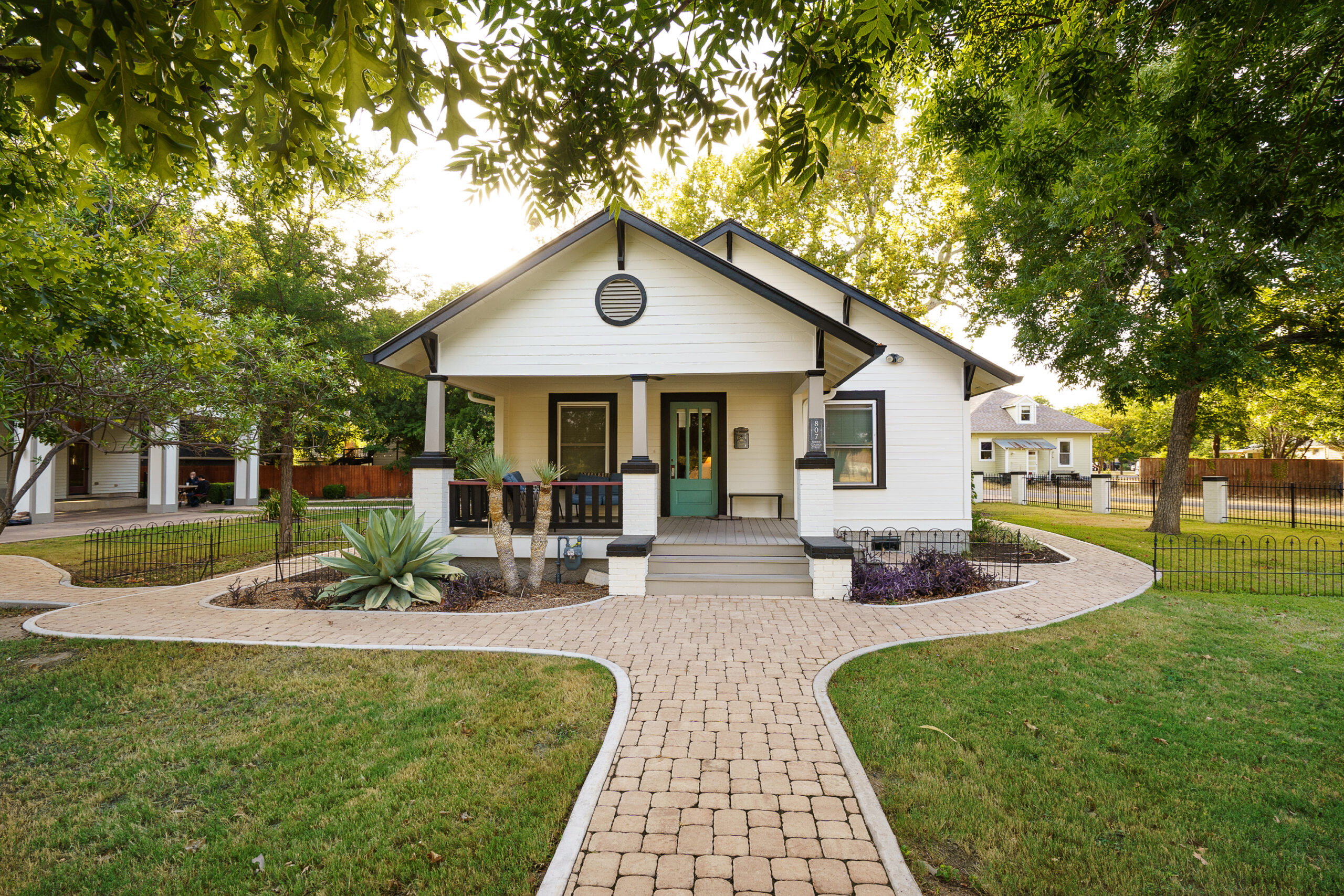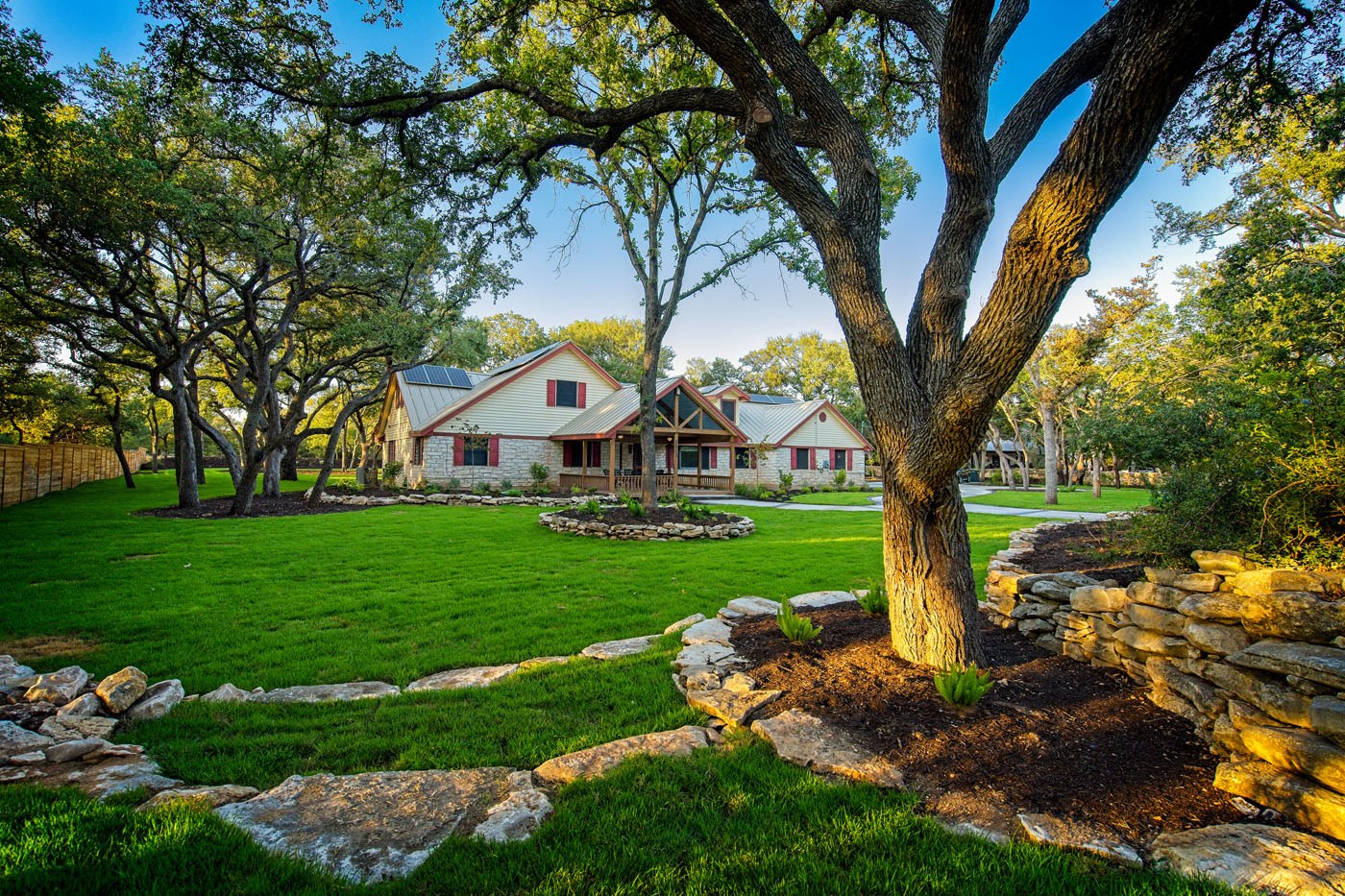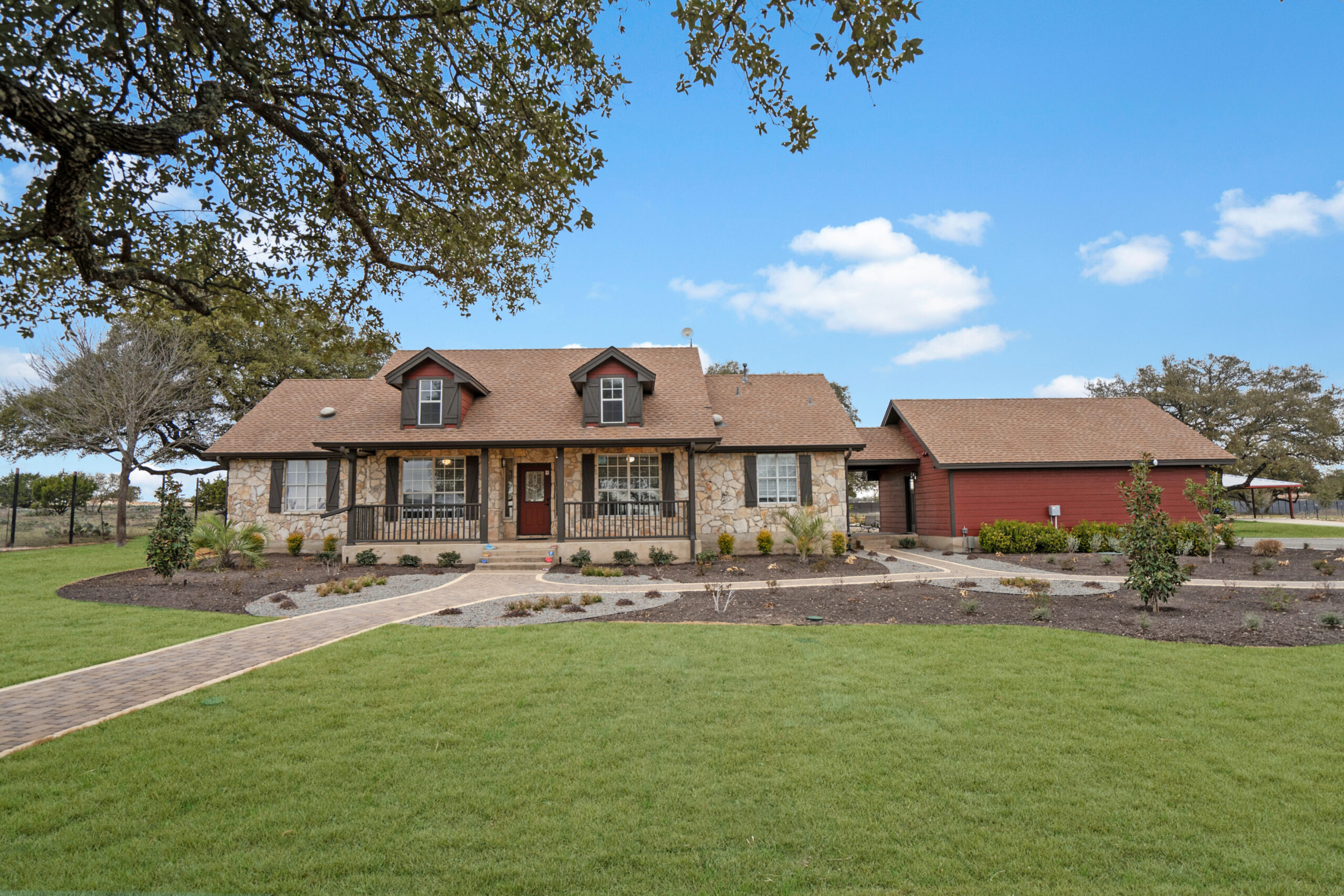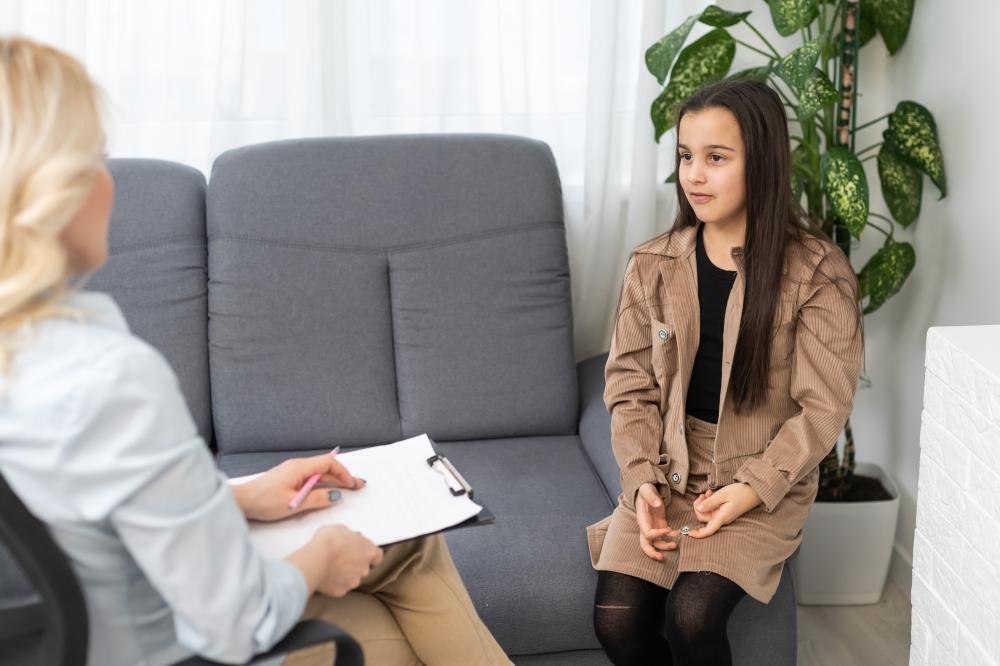
BPD Treatment Center for Women: An Overview
Borderline Personality Disorder (BPD) presents unique challenges, especially for women. It affects the way they think about themselves and others, leading to problems functioning in everyday life. Recognizing the need for specialized care, a BPD treatment center for women offers a haven where healing begins with understanding and empathy.
The Importance of Gender-Specific Treatment
Gender-specific treatment at a BPD treatment center for women acknowledges the distinct ways BPD manifests in women versus men. It provides an environment that tends to women’s unique psychological, physiological, and social needs. In such centers, treatment is centered on building trust, fostering safe relationships, and empowering women to navigate their recovery effectively.
Approaches to Treatment
Effective management of BPD requires a multi-faceted approach. Let’s delve into the core components that make treatment successful in specialized centers for women.
Evidence-Based Therapy
Therapies like Dialectical Behavior Therapy (DBT) and Cognitive Behavioral Therapy (CBT) have shown promising results in treating BPD. These therapies focus on teaching coping strategies, emotional regulation, and improving interpersonal skills.
Holistic Approaches
A holistic approach addresses not just the symptoms but the whole person. Incorporating activities like art therapy, yoga, and meditation helps in treating the mind, body, and spirit, crucial for women dealing with BPD.
Personalized Care at the Core
Every individual’s experience with BPD is unique. Hence, treatment centers for women prioritize creating personalized care plans. These plans are adaptable and evolve as the individual progresses through their healing journey.
- Initial Assessment: Understanding the individual’s specific needs and challenges.
- Ongoing Monitoring: Adjusting the treatment plan based on response to therapy and evolving needs.
- Comprehensive Support: Incorporating not just clinical interventions but also support in areas like nutrition, physical health, and social reintegration.
Embracing Community and Peer Support
Recovery thrives in community and solidarity. Women’s treatment centers nurture a sense of belonging, where individuals can share experiences in a non-judgmental space. This peer support is invaluable for long-term recovery and relapse prevention.
Navigating Challenges and Celebrating Progress
The path to managing BPD is not linear. It involves navigating through ups and downs, celebrating progress, and learning from setbacks. Treatment centers provide the resilience tools and emotional support to help women embrace their journey with grace and determination.
The Role of Family in Recovery
Family involvement plays a significant role in the recovery process. Educating and involving family members helps in creating a supportive home environment, crucial for sustaining long-term wellness.
Transitioning Toward Long-Term Recovery
Recovery from BPD is a long-term commitment. Women’s treatment centers focus on equipping individuals with skills and strategies for independent living, emphasizing relapse prevention and the importance of ongoing support networks.
The Journey Begins
Deciding to seek help is the first step toward recovery. For women struggling with Borderline Personality Disorder, finding a treatment center that understands their specific needs is crucial. These centers are more than just a place for treatment; they are a sanctuary for healing, growth, and transformation.
At a bpd treatment center women find not only professional care tailored to their unique journey but also a community that supports them every step of the way. It’s about reclaiming life from BPD’s clutches and moving forward with hope and strength.
In Closing
The path to healing from BPD requires patience, understanding, and the right therapeutic approach. With the right support and treatment, women with BPD can lead fulfilling lives. It’s about making the first step towards healing and finding the right bpd treatment center women can thrive in. By addressing the challenges head-on and embracing the journey, recovery is not just a possibility; it’s within reach.
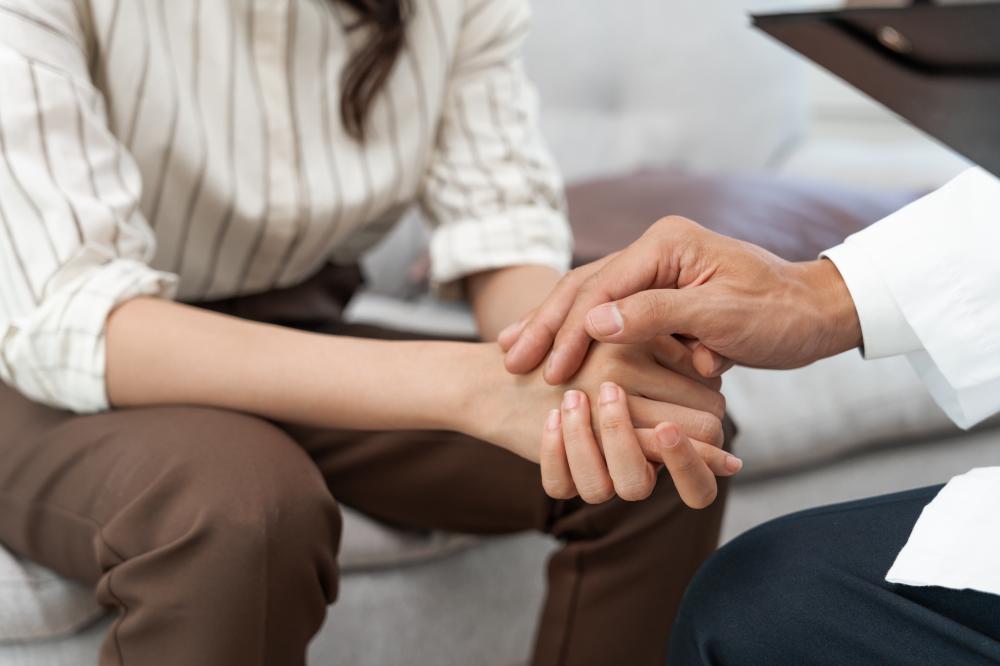
What is the treatment for women with BPD?
Treatment for women with Borderline Personality Disorder (BPD) at specialized centers like Alta Loma involves a comprehensive, individualized approach. It combines evidence-based therapies such as Dialectical Behavior Therapy (DBT) and Cognitive Behavioral Therapy (CBT) with holistic approaches, including art therapy, meditation, and yoga, to address the intricate needs of each individual. Personalized care plans are core to our approach, acknowledging that every woman’s journey with BPD is unique. Through ongoing assessment and adjustment, we ensure that our treatment evolves alongside our clients’ recovery paths, integrating clinical interventions with support for physical health, nutrition, and social reintegration.
Imagine stepping into a space that’s designed to empower your healing journey, where every part of the program is tailored to support your growth, resilience, and recovery. That’s what we strive to provide for every woman who walks through our doors.
Why is BPD life expectancy 27?
This statement is a misconception. BPD does not reduce life expectancy to 27 years. What might contribute to this myth is the misunderstanding and stigmatization of BPD, coupled with its high risk of comorbid conditions, including substance use disorders, and the increased risk of self-harm or suicide among those affected. At Alta Loma, our focus is on addressing these risks head-on by providing comprehensive care that supports both mental and physical health, aiming to reduce these risks and improve overall quality of life for individuals with BPD. It’s crucial to approach this topic with accurate information and understanding, highlighting the importance of compassionate care and support in changing outcomes for those with BPD.
What age does BPD peak?
Borderline Personality Disorder (BPD) symptoms often intensify during late adolescence and early adulthood. However, it’s important to note that the “peak” age can vary widely among individuals. Some may experience their most significant challenges with BPD in their teens, while others may find their symptoms become more problematic in their 20s or even early 30s. Our approach at Alta Loma is to provide age-appropriate and stage-appropriate treatment, recognizing that the journey through BPD is not linear and can involve periods of both regression and significant progress.
We’ve seen firsthand how targeted therapy and support at the right time can make a profound difference in someone’s life. Whether a young adult is struggling to navigate the complexities of early independence in the context of BPD, or someone older is grappling with long-standing patterns of instability, our programs are designed to meet them where they are, offering hope and a path forward.
What role does the family play in the recovery process for women with BPD?
Family involvement is a cornerstone of the recovery process for women with BPD. Educating family members about BPD, its challenges, and how they can provide support is vital. At Alta Loma, we integrate family therapy and education into our treatment programs, aiming to heal relationships and build a supportive home environment. This collaborative approach not only aids in the client’s recovery but also fosters a deeper understanding and resilience within the family unit as a whole.
Imagine a scenario where a family learns, perhaps for the first time, how to effectively communicate and support each other through the complexities of BPD. This can be a transformative experience, offering a new foundation for relationships and a supportive network for the recovery journey.
Why is community and peer support crucial in the treatment of BPD?
In the treatment of BPD, community and peer support play an essential role in fostering a sense of belonging and understanding. Women battling with BPD often experience feelings of isolation or being misunderstood. By encouraging connections with others who share similar experiences, treatment centers can offer a powerful antidote to these feelings. At Alta Loma, we emphasize the value of peer support, facilitating group therapy sessions and community activities that forge bonds and provide a resilient support network for lasting recovery.
A client once shared with me how joining a support group at Alta Loma changed her outlook on recovery; she realized she wasn’t alone in her struggles, which was a pivotal moment in her journey. It’s stories like these that highlight the transformative power of community in healing.
